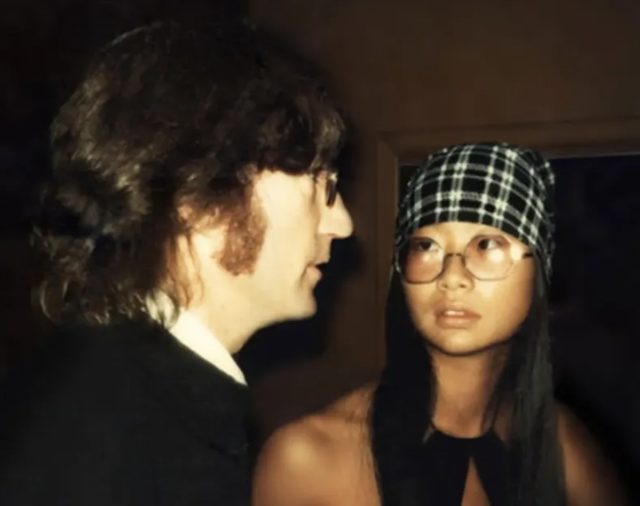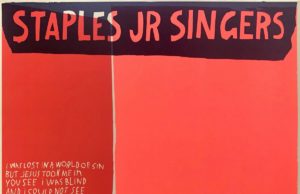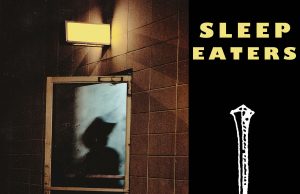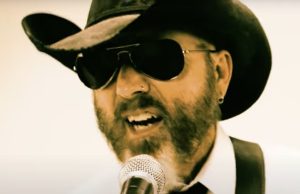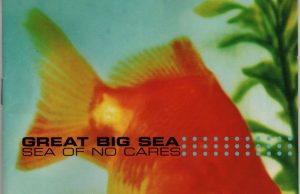 Fifty years ago this summer saw the release of a handful of records, mired in a legendary alcoholic smog emanating from the early-onset mid-life crises of John Lennon, Harry Nilsson and Alice Cooper.
Fifty years ago this summer saw the release of a handful of records, mired in a legendary alcoholic smog emanating from the early-onset mid-life crises of John Lennon, Harry Nilsson and Alice Cooper.
Yoko Ono had an unconventional approach to saving her struggling marriage — setting John up with a companion she employed — May Pang — and giving them her blessing to go off and do whatever he wanted. It worked. The 18-month period became known as Lennon’s Lost Weekend — named by the Beatle in reference to Charles R. Jackson’s novel about an alcoholic writer, and the incredible Billy Wilder film noir which won Ray Milland a Best Actor Oscar (the film also garnered Best Picture, Cirector and Adapted Screenplay awards).
Ono and Lennon split in July 1973 just as he was beginning sessions for Mind Games, which he’d basically written in a week. The musicians were predominantly the same ones Pang had arranged to record Ono’s album, Feeling The Space, a month before. Lennon (credited as John O’Cean) plays guitar on two tracks of Ono’s album and sings a vocal line on a third, but Ono is not on Mind Games at all — indicating the beginning of the separation, after many months of bickering due to the stress of Lennon’s bid to become a U.S. citizen, which prompted months of intrusive government surveillance.
Also, despite his legendary infidelity during The Beatles’ early days and touring years, Lennon had essentially been a married man since 1962 — first to Cynthia Powell until 1968, and then to Ono since 1969. Both he and Ono decided he needed to let his hair down. He did so, in legendary fashion. But Lennon wasn’t alone. He and Pang left New York City in October 1973. When they first arrived, they stayed at the apartment of Lennon’s lawyer, Harold Seider, for a couple of days and then at record producer Lou Adler’s house. Seider had first come into Lennon’s life when he was legal counsel for Allen Klein at Apple. Adler had just fathered a child with actress Britt Ekland.
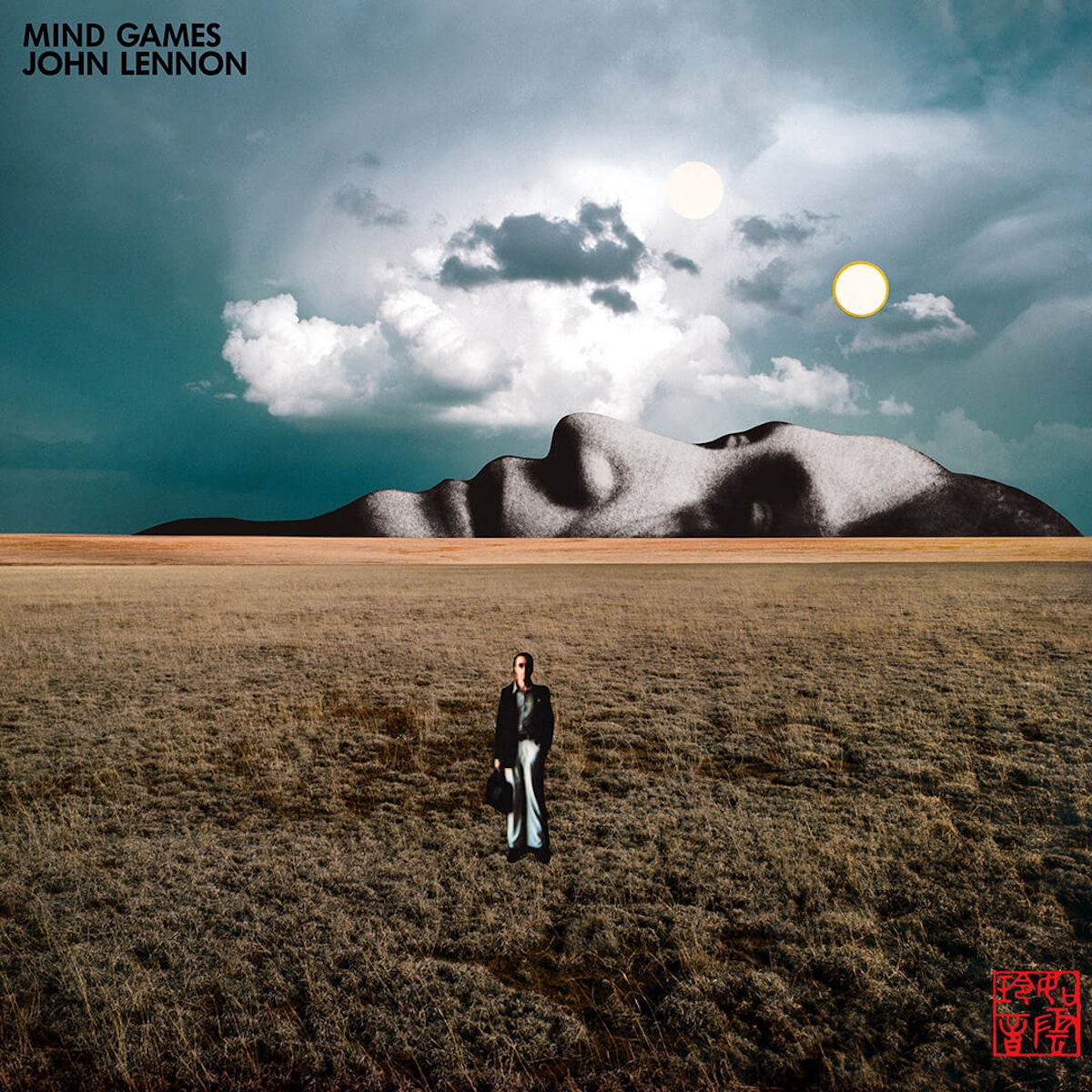
Eventually, in March ’74, Lennon and Pang moved into 625 Palisades Beach Road in Santa Monica because Lennon was determined to help his pal Nilsson make a hit record after a pair of recent flops — and he wanted the musicians to all live under the same roof. This cast of characters — and a few others — became associated with The Hollywood Vampires, a celebrity drinking club formed by Cooper — initially as a charity softball team featuring The Monkees’ Peter Tork as their pitcher. The Vampires drinking club was officially composed of Cooper (president) and Nilsson. They then added Lennon, Who drummer Keith Moon, Ringo Starr and Mickey Dolenz of The Monkees. Additional members had to pass an outdrink-the-others initiation. Among those were The Nice / Emerson Lake & Palmer keyboardist Keith Emerson, Keith Allison of Paul Revere & The Raiders, future Blues Brother actor / comedian John Belushi, Marc Bolan of T.Rex, Elton John’s lyricist Bernie Taupin, bassist / artist Klaus Voormann, Cooper’s publicist Bob Brown, Rolling Stones sax player Bobby Keys and James Gang / Eagles guitarist Joe Walsh.
So, who all stayed at 625 Palisades during this time? Lennon, Pang, Nilsson, Starr, Moon, guitarist Jesse Ed Davis, and former Beatles roadie Mal Evans. Pang was a tea-totaller, but the others were legendary boozers — usually Brandy Alexanders (brandy and milk). During this time, Starr was separated from his wife Maureen back in the U.K. Evans was secretly shacked up with another woman while his wife and two children remained in Sunbury, outside London. Moon’s wife Kim Kerrigan had just left him and taken their daughter Amanda. Voormann — a friend of The Beatles from their Hamburg days and the artist who illustrated the Revolver and Anthology albums, and the booklet in Ringo’s 1973 self-titled album — had been the bassist in Manfred Mann before moving to Los Angeles in 1971. During this time he played with George Harrison, Ringo, Lennon, Nilsson, Peter Framton, Art Garfunkel, Badfinger, Randy Newman and many others as a session player. The Nilsson record which brought them together had the working title of Strange Pussies, but would eventually be completed and released as Pussy Cats.
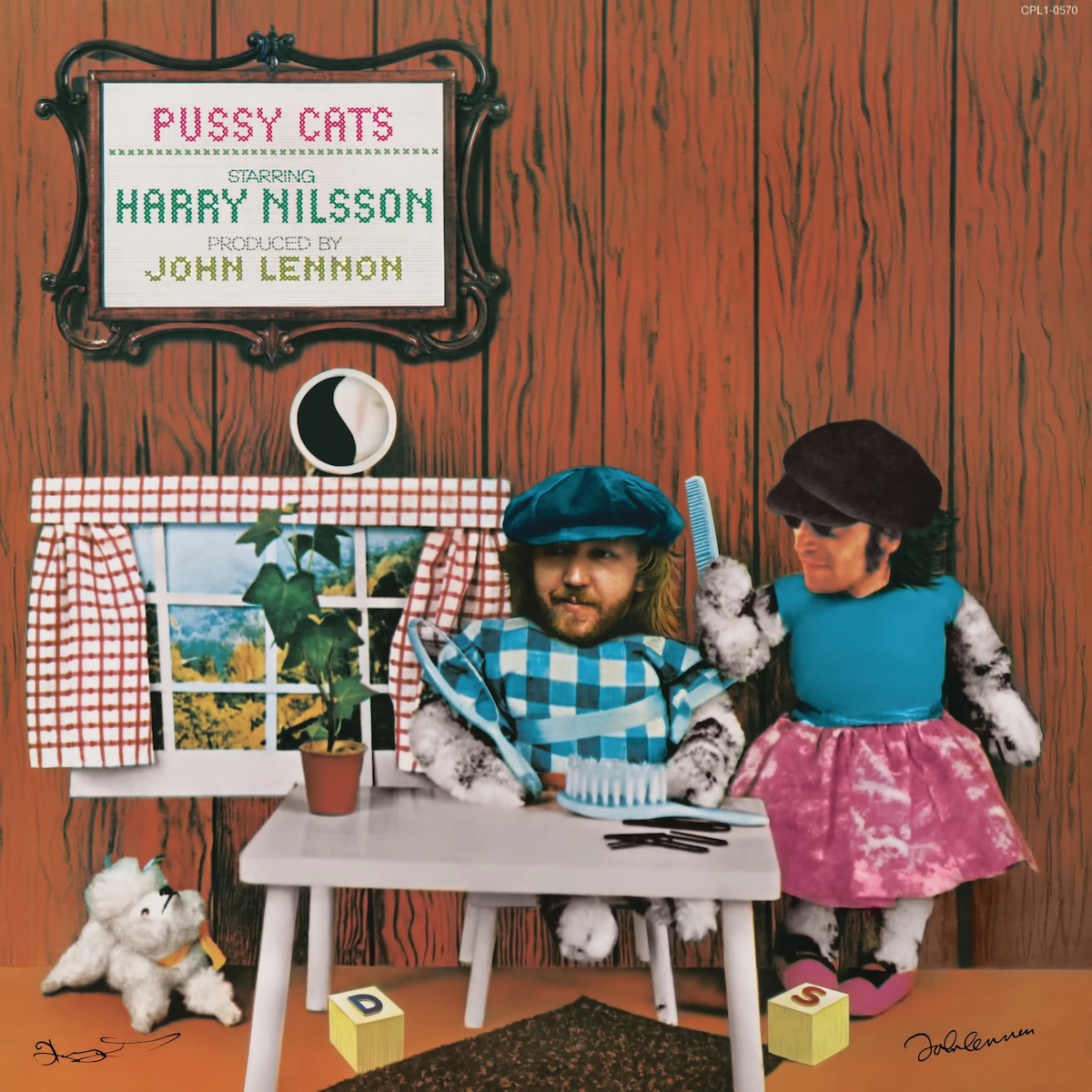
It was at this house that the infamous two-day hang with Paul McCartney happened. Lennon’s former songwriting partner came for a visit with wife Linda, their kids and Stevie Wonder in tow. The crew even recorded an awful, drummerless jam session bootlegged as A Toot and a Snore in ’74. But mostly, this was a fence-mending exercise between two old friends, determined not to let their legal issues, business affairs and creative differences come between them any longer.
This address is renowned for another rendezvous. The five-bedroom pad was built in 1936 by movie mogul Louis B. Mayer. It was bought in 1956 by rat pack actor Peter Lawford — whose wife was John F. Kennedy’s sister Patricia, from 1954 to 1966. It is widely rumoured that JFK had trysts with Marilyn Monroe here, after she was introduced to him on the occasion of his 45th birthday celebration at Madison Square Garden (where she famously sang Happy Birthday, Mr. President). The night she died, Lawford spoke on the phone to Monroe twice. The first time was to invite her to a dinner party at 625 Palisades, and the second time around 8:30 p.m. to check up on her when she didn’t arrive. She was reportedly slurring her words and eventually went silent on that call. Lawford arranged to have someone go by to make sure she was alright. Her time of death was determined to be around 9:30 p.m. According to the 2023 book Living The Beatles Legend, based on Evans’ diaries, when Lennon and the Pussy Cats musicians moved into the home, there was still a portrait of JFK hanging in one of the bedrooms.
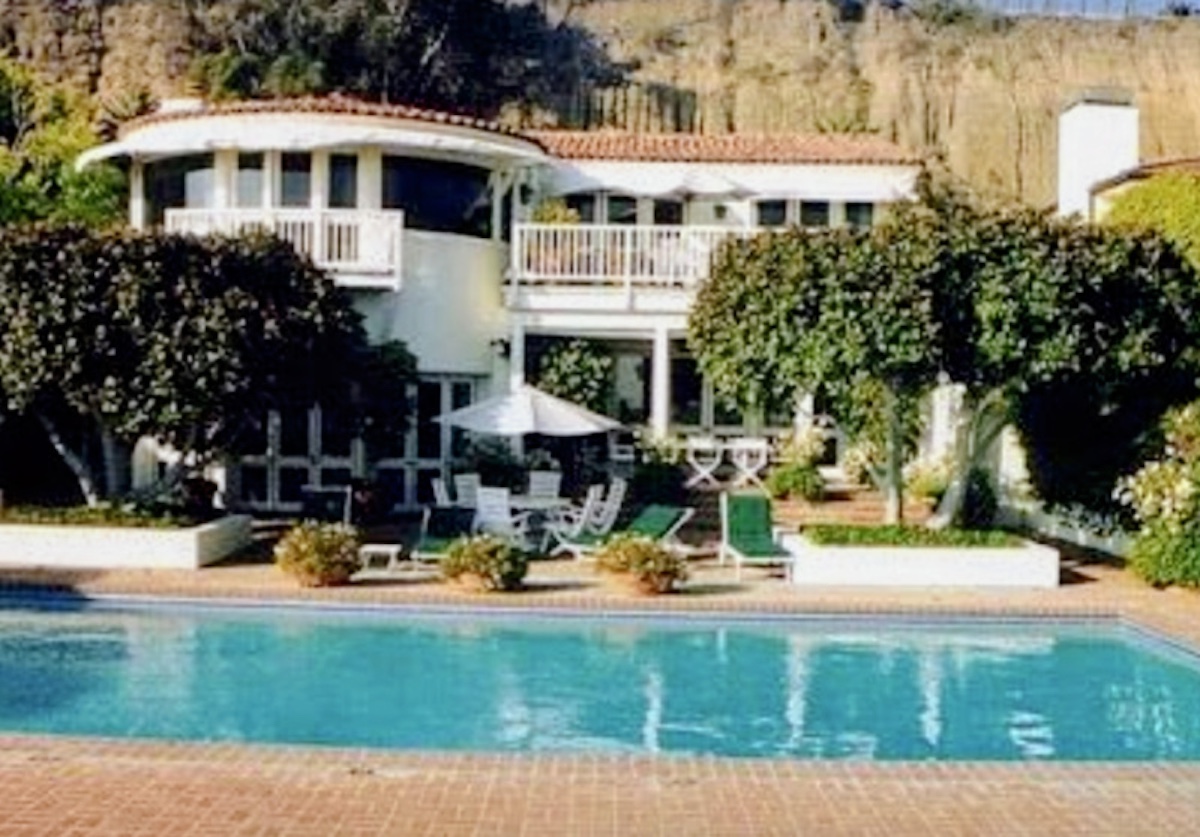
Lennon’s Lost Weekend peaked and ended during this time. He eventually grew tired of the hangovers and the obvious effect the boozing was having on his craft and the musical output of his entourage. Lennon quit the excesses and he and Pang moved back to New York City, where they got a penthouse apartment at 434 East 52nd St. Lennon finished work on Pussy Cats there, wrote and recorded Walls And Bridges and finally finished work on Rock ‘n’ Roll — an album which initially began with Phil Spector in 1973 as Back To Mono. In February 1975, Lennon and Pang had arranged to travel to New Orleans to meet up with the McCartneys, who were there working on the Wings album Venus & Mars. The day before they were supposed to leave, Lennon and Ono reconciled — ending the Lost Weekend and erasing the possibility of Lennon and McCartney being together in a recording studio.
I thought I’d examine the music made by the individuals associated with this problematic period (July 1973 to February 1975) — Lennon, Nilsson, Starr, Cooper, Dolenz, Walsh, Emerson, Allison, Moon, Davis, Taupin, Bolan, and Voormann. The only person involved in a plethora of these albums and projects who doesn’t appear to have been among the boozers was session drummer Jim Keltner, who played on several of Lennon’s albums, Nilsson’s albums and a pair of Ringo’s albums. He even played with Harrison.
Anyway, here’s the stuff the Vampires made…
John Lennon released three studio albums made or partially made during his Lost Weekend period — Mind Games (Oct. 29, 1973), Walls And Bridges (September 1974) and Rock ‘n’ Roll (February 1975).
Harry Nilsson was centre stage during the Lost Weekend, because many of the main players gathered under one roof to help him record Pussy Cats (August 1974). Before the album came out, Nilsson already started work on his next album, Duit on Mon Dei (March 1975).
Keith Moon was such an eccentric, unpredictable drunk that he couldn’t get anyone interested in helping him make a solo record — even though, as drummer for The Who, he was an established star. He managed to get former Beatles roadie Evans on board for Two Sides Of The Moon (March 1975) — a name which Ringo came up with. Evans wasn’t much more than an over-eager novice behind the console, but did have some production experience with Badfinger — the band he championed and got signed to Apple Records. Moon’s album brings horrid to a new low, and the boozing and snorting Evans got fired before it was completed, with much of his mixing and production work redone by Skip Taylor. The personnel on the album is a virtual who’s who (no pun intended) of the Hollywood Vampires scene — Ringo, Walsh, Keys, Davis and Voormann. But Moonie also had contributions from Howard Kaylan and Mark Volman (aka Flo & Eddie) of The Turtles / Mothers of Invention, along with Dick Dale, David Bowie, Spencer Davis, Keltner and John Sebastian. Moon only plays drums on three tracks because that was his “day job.” Instead, he is the lead vocalist. During this time he also recorded his Uncle Ernie bits for the Tommy film and soundtrack (March 1975).
Ringo Starr got involved with the scene in Los Angeles when he arrived in March 1973 to record his seminal solo album Ringo. Just as he was wrapping up recording, Lennon arrived in L.A. with Pang. Even though Lennon contributed the song I’m The Greatest (on which he also sang and played piano), he’s even more involved with the followup Goodnight Vienna (August 1974). Ringo plays drums on both Lennon and Nilsson’s albums of the period, as well as Harrison’s Dark Horse (December 1974) and on Moon’s Two Sides of the Moon.
Bobby Keys plays the solo on Lennon’s only No. 1 hit as a solo artist, Whatever Gets You Thru The Night (from Walls And Bridges) but also appears on Rock ‘n’ Roll and Pussy Cats.
Keith Allison put out a couple of singles during this time, and also briefly appeared in the cult-classic film Phantom Of The Paradise, starring Paul Williams as music producer Swan — owner of Death Records. Here he is, as a country singer auditioning for Swan. He’s up around the 37-second mark.
Alice Cooper was in a transitional period during this time. While he was the poobah of The Hollywood Vampires, he and the original Alice Cooper Band had just released their final album Muscle Of Love (November 1973). He had only just begun work on his first solo work, Welcome To My Nightmare (Februrary 1975). So he was drinking, playing softball, hanging out with Groucho Marx, Col. Sanders and Salvador Dali, while also appearing on game shows like Hollywood Squares.
Joe Walsh was also at loose ends, between his time fronting The James Gang and his current gig as lead guitarist / comic relief with Eagles. Instead, his Vampires-adjacent era saw the hotel room-destroying Walsh recording his third solo album So What (Decemeber 1974), which featured no contributions from anyone associated with the scene.
Bernie Taupin was still writing lyrics for Elton — the pair wrote Snookeroo for Ringo’s Goodnight Vienna album. Taupin would eventually collaborate with Cooper for his terrible 1978 album From The Inside. Taupin’s most famous work during the Lost Weekend era was the excellent autobiographical concept album Captain Fantastic and the Brown Dirt Cowboy (May 1975).
Keith Emerson’s band Emerson Lake and Palmer were on a hiatus, but he still found time to record a few solo tracks. including Piano Concerto No. 1 and Honky Tonk Train Blues.
Mickey Dolenz was a bit lost after the end of The Monkees in 1970. He was playing softball with Cooper and had an unsuccessful single — Buddy Holly Tribute / Ooh, She’s Young in 1974 — and was beginning work with the “supergroup” Dolenz, Jones, Boyce & Hart.
Here’s a roundup of some stuff from the period:
• • •
Area Resident is an Ottawa-based journalist, recording artist, music collector and re-seller. Hear (and buy) his music on Bandcamp, email him HERE, follow him on Instagram and check him out on Discogs.

















